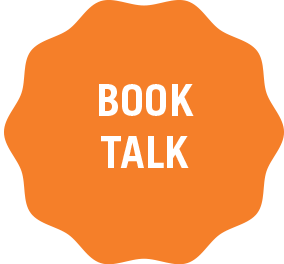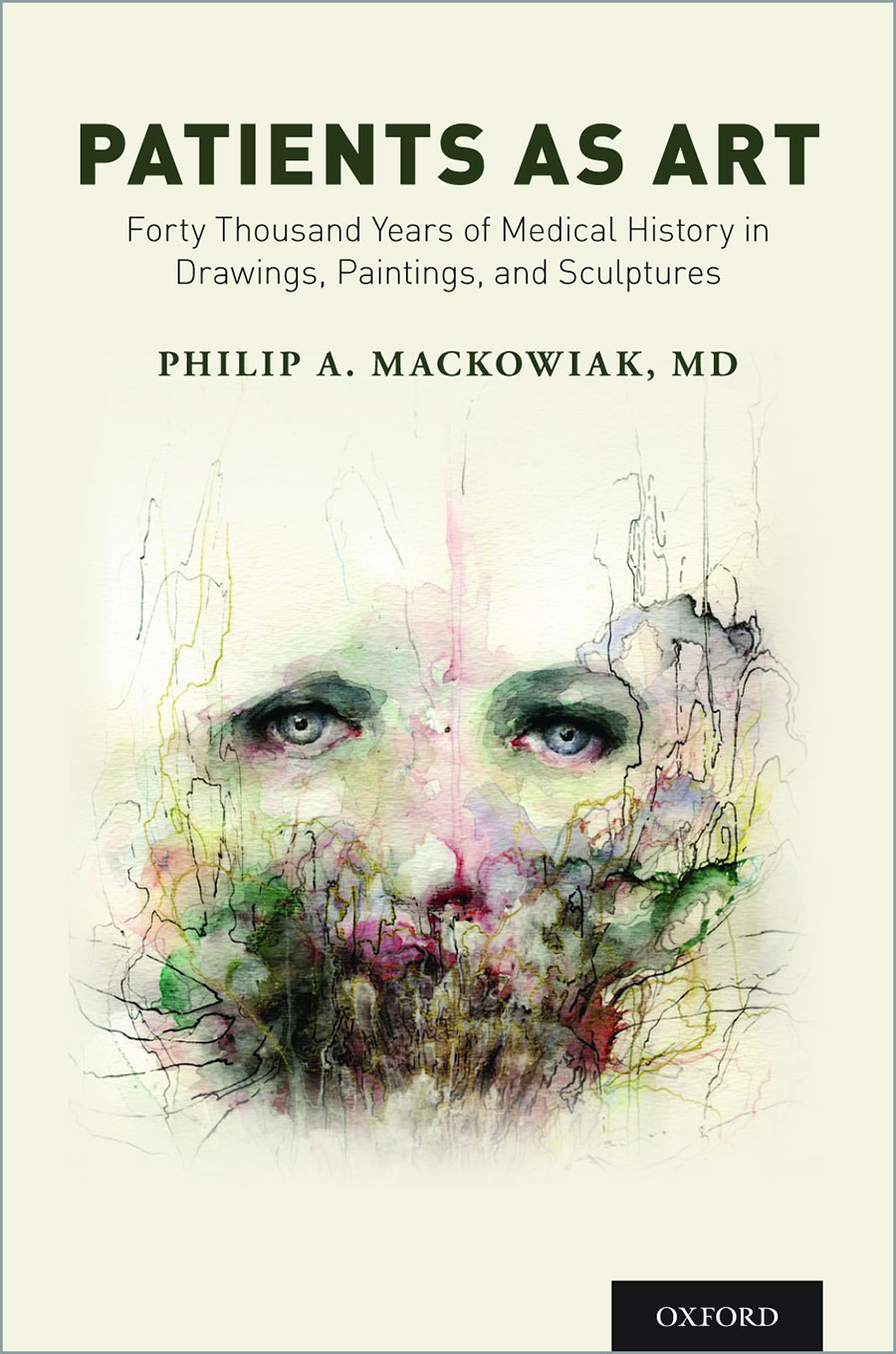

In Patients as Art, Philip Mackowiak ’66 explores medicine’s important developments as represented in paintings, sculpture and drawings. Featuring more than 160 full-color artworks, this pictorial review spans from Paleolithic times to today, reflecting the ideals and sensibilities of the eras in which they were created.
Mackowiak, an emeritus professor at the University of Maryland School of Medicine, has researched diseases for more than 40 years, and he literally wrote the book on the diagnosis and treatment of fever. He conceived Patients as Art three years ago after organizing a conference on Christina’s World, Andrew Wyeth’s iconic painting of his neighbor, who suffered a neurological disorder. While Mackowiak admits he has no formal art training, his physician’s perspective gives insight into details art experts might miss.
The cumulative effect of so much art depicting various maladies, and the doctors who treat them, shows medicine’s personal and universal nature. “Disease is the common denominator of humanity,” Mackowiak says. “Everyone sooner or later has to deal with their mortality.”
Mackowiak says art shows us how far medicine has come over the centuries — and reminds us that we will be judged by generations far more advanced than ours.
In the medieval print Dissection of a Cadaver, a body is held down as doctors make the first cut. In spite of its title, Mackowiak says the scene likely depicts an operation, not an autopsy. Other paintings show antiquated practices such as an 18th-century woman being bled pale. “Every generation thinks they have discovered the answers to life’s great questions, but future generations will be as dismissive of our answers as we are of past generations,” Mackowiak says.
For all of the medical mishaps throughout the centuries, Mackowiak still believes “discoveries made by medicine to reduce human suffering are one of mankind’s greatest achievements.” And art offers a new view on that age-old struggle. Says Mackowiak, “It’s a different way of communicating — giving a perspective that is much deeper than cold, scientific reporting.”
Patients as Art: Forty Thousand Years of Medical History in Drawings, Paintings, and Sculptures. Philip Mackowiak ’66. (Oxford University Press, 2018) Also available as an eBook.
Joann Coates ’78
Puppy Talk Opposites (Charlesbridge, 2019)
A fun-loving children’s book filled with beautiful photos of puppies, Puppy Talk Opposites follows Max the Boston Terrier and his puppy friends as they teach children the difference between concepts of far and near and big and small.
Anne Robertson ’80
New Vision for an Old Story: Why the Bible Might Not Be the Book You Think It Is (Eerdmans, 2018)
As a United Methodist minister and director of the Massachusetts Bible Society, Robertson is well qualified to engage with complex interpretations and conceptions of the Bible. In New Vision for an Old Story, Robertson offers a way of reading the Bible to draw inspiration and morals, and a book to which we can turn when we need guidance.
Tucker Marion ’96 and Sebastian Fixson
The Innovation Navigator: Transforming Your Organization in the Era of Digital Design and Collaborative Culture (Rotman–UTP Publishing, 2018)
Marion and Fixson provide insights into the inherent opportunities and challenges presented by innovation archetypes across all industries. The Innovation Navigator also profiles firms across the industrial spectrum to assist executives in building the capabilities for peak performance in the modern age.
David Weinberger ’72
Everyday Chaos: Technology, Complexity and How We’re Thriving in a New World of Possibility (Harvard University Press, 2019)
Everyday Chaos grapples with the complex ways Artificial Intelligence and the internet have altered how we relate and interact with our world. Weinberger examines the before and after of the significant changes we are experiencing in all aspects of our lives because of technology, and he discusses the implications of these changes.
Carolyn Meyer ’57
Girl with Brush and Canvas: Georgia O’Keeffe, American Artist (Calkins Creek, 2019)
Georgia O’Keeffe is depicted in this biographical novel — from her childhood when she decided to be an artist, through her art education in Chicago and New York, to her eventual rise to fame in the American Southwest. Meyer reveals how O’Keeffe never gave up on her dream, despite illness and hard times.